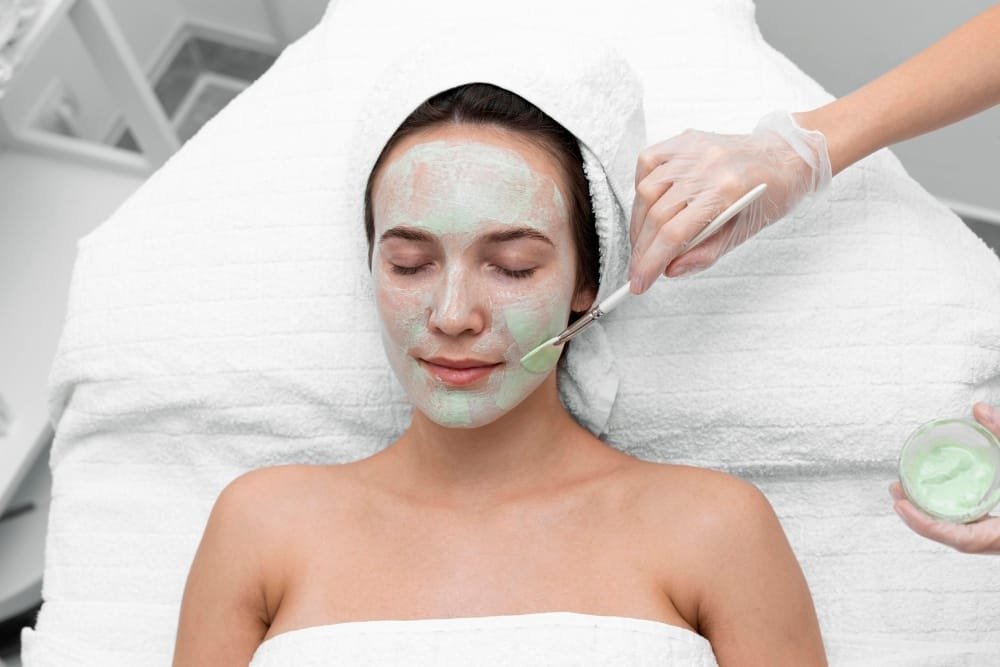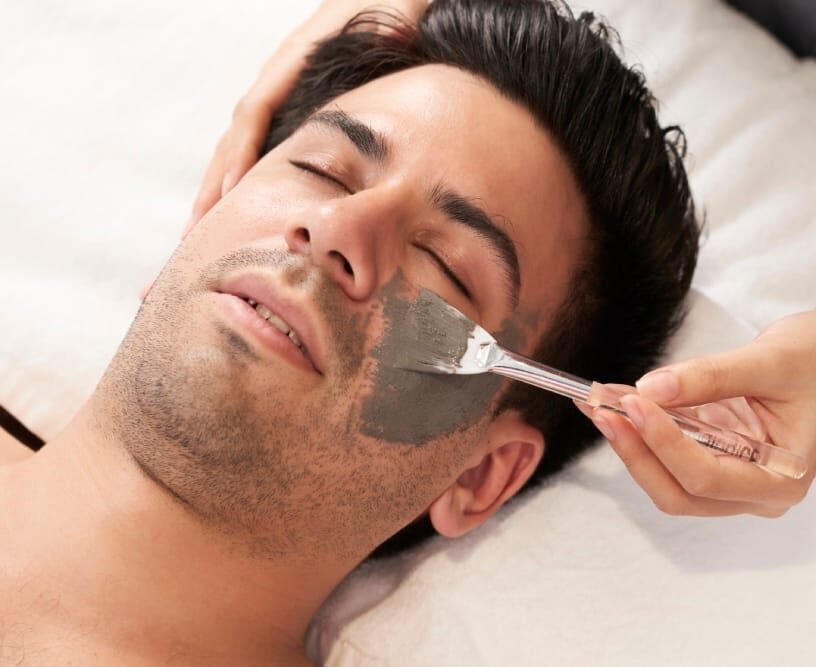
Peels are skincare treatments designed to exfoliate the skin’s outer layers using specific active ingredients. They can be categorized into three main types: superficial, medium, and deep peels, each varying in intensity and effectiveness. Superficial peels often utilize alpha-hydroxy acids (AHAs) or beta-hydroxy acids (BHAs) to enhance skin texture, brightness, and appearance, while medium and deep peels penetrate more deeply to treat issues like acne, hyperpigmentation, and fine lines. Regular treatments can lead to a smoother, more radiant complexion, improve overall skin health, and promote rejuvenation. However, proper aftercare is essential to maintain results and protect the skin
Min Session

A series of treatments is often required to maximize the benefits of chemical peels, especially since skin may feel dry or flaky for a few days afterward. For reducing dark circles, very mild, superficial peels are typically used, necessitating multiple sessions. Chemical peels are classified into three types—superficial, medium, and deep—based on their penetration depth into the skin.
Superficial peels utilize mild acids, such as glycolic acid, to target the epidermis, effectively improving skin texture and hydration with minimal recovery time. They also address concerns like dull skin, minor textural issues, fine lines, uneven skin tone, and acne healing.
Medium-depth peels penetrate the upper dermis, using trichloroacetic acid (TCA) to address moderate skin issues while requiring several days for recovery. These peels effectively target concerns such as moderate wrinkles, sun damage, acne scarring, uneven skin tone, and improved skin texture.
Deep peels reach the mid to lower dermis, using agents like phenol to address severe skin concerns while offering dramatic improvements that require extensive post-treatment care. These peels effectively target issues such as deep wrinkles, significant sun damage, severe acne scarring, pronounced uneven skin tone, and overall skin laxity.
A peel is a skincare treatment that uses a chemical solution to exfoliate the skin, removing dead skin cells and promoting new cell growth.
There are three main types of peels: superficial (light), medium, and deep, each varying in strength and skin penetration.
Peels can help with issues such as acne, fine lines, sun damage, uneven skin tone, and enlarged pores.`
Consulting with a skincare professional is essential to determine the best peel for your skin type and concerns.
During the treatment, a solution is applied to the skin, often resulting in a tingling or burning sensation. The procedure generally lasts for 30 to 60 minutes.
Recovery time varies depending on the peel type. Superficial peels have minimal downtime, while medium and deep peels may require several days to a week for healing.
Common side effects include redness, peeling, and sensitivity. While serious side effects are uncommon, they can happen, making it essential to adhere to aftercare instructions.
The frequency of chemical peels varies based on the type of peel used and the specific needs of your skin.. Superficial peels can be done every few weeks, while deeper peels are usually spaced out by several months.
It’s best to avoid makeup for at least a few days post-treatment to allow your skin to heal properly.
Follow your dermatologist’s aftercare instructions, which may include using gentle cleansers, moisturizers, and sunscreen to protect your healing skin.
Klarity Skin Clinic, M – 69, First Floor,
M Block Market, Greater Kailash II, New Delhi 110048
Copyright © 2025 All Rights Reserved.
Klarity Skin Clinic is Unit of Acara Wellness Private Limited.